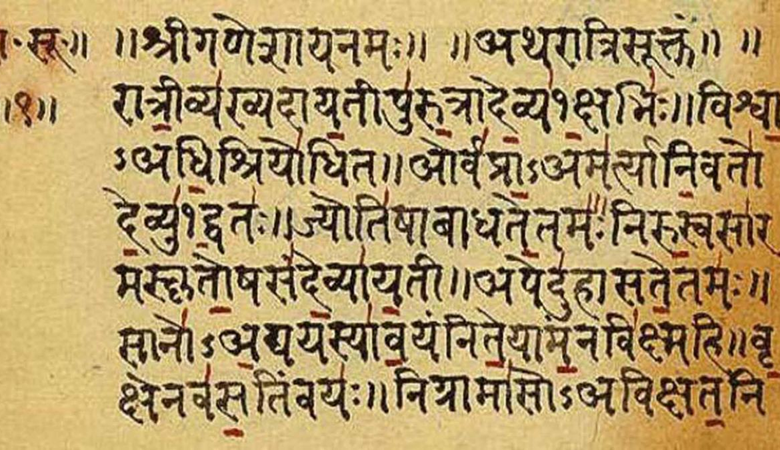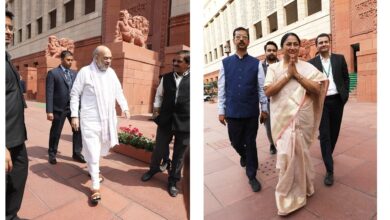6000 Historic Sanskrit Manuscripts in Howrah to be Digitised in Major Preservation Project

News Mania Desk/Agnibeena Ghosh/21st July 2024
Tucked away behind the bustling Howrah Railway Station in Kolkata, the Howrah Sanskrit Sahitya Samaj is undergoing a significant transformation as part of an ambitious preservation project. For the past three months, a dedicated team of restorers, manuscriptologists, and historians has been meticulously working to restore and digitise over 6,000 ancient Sanskrit manuscripts, meticulously penned by Bengali scholars around four centuries ago.
The collaborative effort between the Howrah Sanskrit Sahitya Samaj and the Bhaktivedanta Research Centre (BRC) was formalized on February 6 of this year. Sumanta Rudra, Dean of the BRC, detailed that the restoration and digitisation process is projected to be completed by February 2026. This monumental task involves physically cleaning, scanning, cataloguing, and watermarking each manuscript. A specialized Czur ET 16 scanner and computer, provided by the BRC, are pivotal to this intricate process.
These manuscripts represent a rich repository of classical Indian wisdom, encompassing diverse fields such as Sanskrit literature, grammar, philosophy, and logic. The restoration project aims to prevent the physical degradation of these invaluable texts and ensure their accessibility to a global audience. By the end of the project, the team will have created a searchable digital library of Bengal’s ancient Sanskrit texts, adhering to the guidelines set forth by the National Manuscript Mission.
According to Debabrata Mukhopadhyay, Secretary of the Samaj, these manuscripts, penned in the Bengali script between 1500 AD and 1800 AD, are in remarkably good condition. However, there are thousands more manuscripts that are in poor shape and will require extensive repair before they can be digitised. The collection includes significant writings on Smrti, Nyaya, Kavya, and Vyakarana—covering areas such as Sanskrit literature, grammar, philosophy, logic, and Hindu epics. Noteworthy texts being revived include original manuscripts of Joydev’s Rati Shastra and Bengali interpretations of the Mahabharata.
The manuscripts were originally gathered in the 1900s by Nityananda Mukhopadhyay and Bijoynath Mukhopadhyay from various personal collections across Bengal. Their goal was to make Sanskrit literature accessible to a broader audience. In addition to the manuscript collection, they also established a tradition of staging Sanskrit plays in the Samaj’s auditorium, a practice that continues to this day.
The digitisation project is being carried out on a non-profit basis, solely with the intent of preserving and immortalizing these ancient scripts. The estimated cost of the project is around ₹30 lakh, fully funded by the BRC.
Academic oversight for this initiative is provided by Nirmalya Narayan Chakraborty, Vice Chancellor of Presidency University. He emphasized the importance of making these manuscripts accessible to scholars worldwide. Chakraborty believes that the inaccessibility of these texts has previously led to their neglect in mainstream academic research. The digital library is expected to offer scholars new opportunities to study and potentially uncover new insights into Bengal’s intellectual heritage.
Looking forward, Chakraborty indicated that the project would expand to include more manuscripts from across the state. Many old libraries and organizations in Bengal, lacking the resources to preserve their manuscripts properly, will benefit from this ongoing initiative. For manuscripts that are illegible or severely damaged, expert manuscriptologists will be engaged to restore any missing text.






